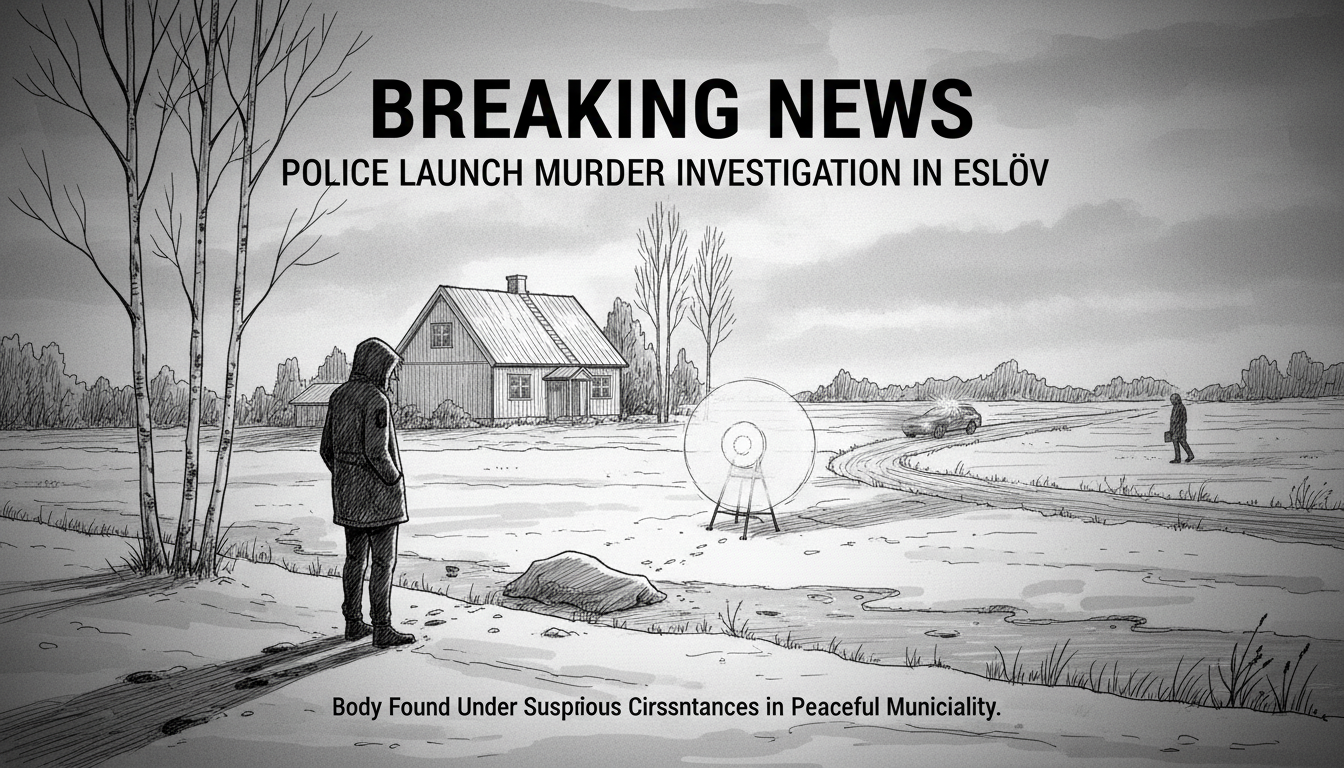Swedish police have launched a murder investigation after discovering a body under unclear circumstances in Eslöv. Authorities confirmed the suspicious death but have not determined the exact cause.
Lars Torstensson, the on-duty investigation manager for police in Lund, explained their approach. He said investigators opened a murder probe to access additional investigative tools. The unclear circumstances surrounding the death required this procedural step.
Police have notified the deceased person's relatives about the tragic development. The investigation remains in its early stages as officers work to establish what happened.
Eslöv, located in Skåne County in southern Sweden, typically experiences low crime rates. This incident represents an unusual violent event for the municipality of approximately 20,000 residents. The community now faces questions about safety and the circumstances behind this death.
Sweden maintains one of Europe's lower homicide rates, with approximately 1.1 murders per 100,000 people annually. Most violent crimes cluster in major urban areas rather than smaller municipalities like Eslöv. This case stands out precisely because of its location in a typically peaceful region.
The Swedish judicial system treats murder investigations with particular seriousness. Police can employ specialized resources when classifying a case as suspected murder. These include forensic teams, homicide detectives, and technical surveillance methods not automatically available for other death investigations.
Local residents naturally feel concerned when violent crime occurs in their community. People want answers about what happened and whether there's ongoing risk. Police typically increase visibility in affected areas during such investigations to maintain public confidence.
Murder investigations in Sweden follow strict protocols to protect both victim rights and suspect protections. The process involves meticulous evidence collection, witness interviews, and coordination with forensic laboratories. Swedish law requires police to regularly update relatives about investigation progress.
This case highlights how even peaceful Scandinavian communities occasionally face serious crimes. The Nordic model of social welfare and equality doesn't completely eliminate violent incidents. Police resources now focus on determining whether this was an isolated incident or part of broader criminal activity.
International readers should understand that while such events generate headlines, Sweden remains among the world's safest countries. The thorough police response demonstrates the system's capacity to address serious crimes methodically. The investigation will likely continue for weeks as authorities piece together what happened in Eslöv.

